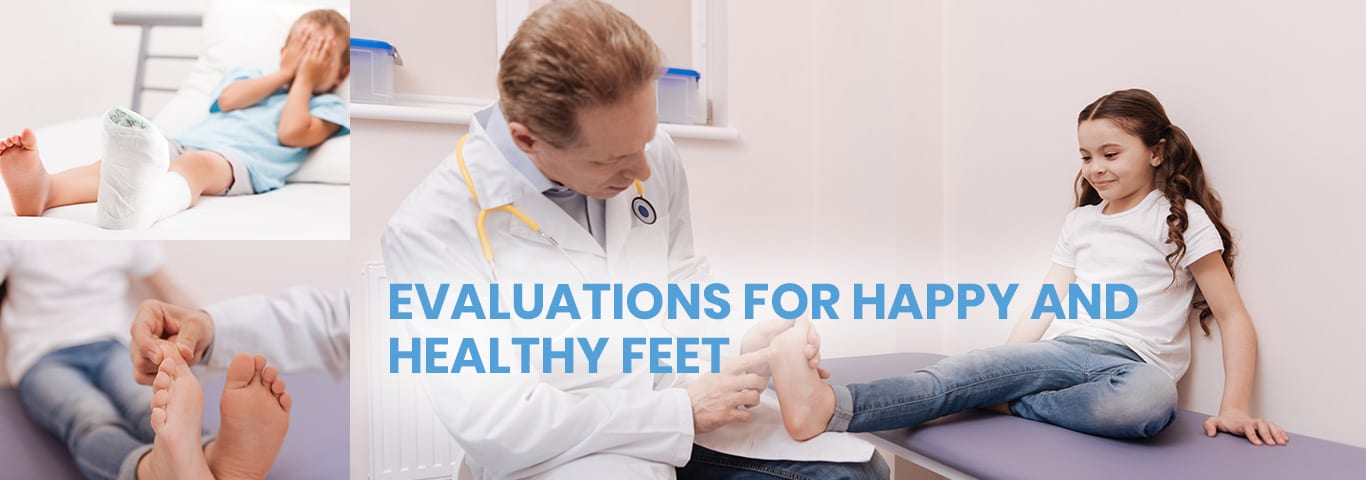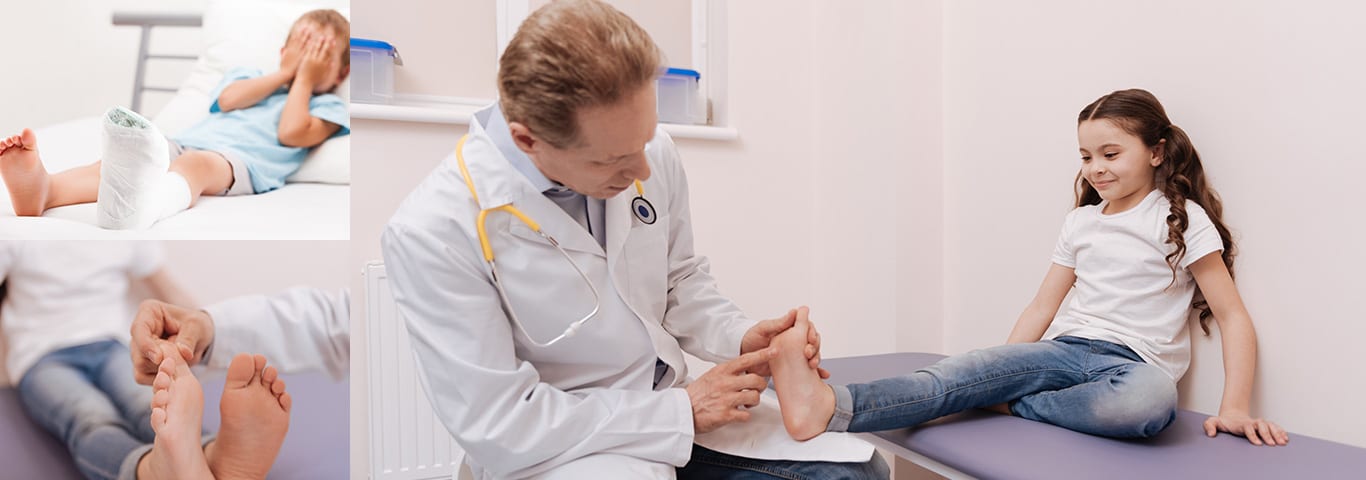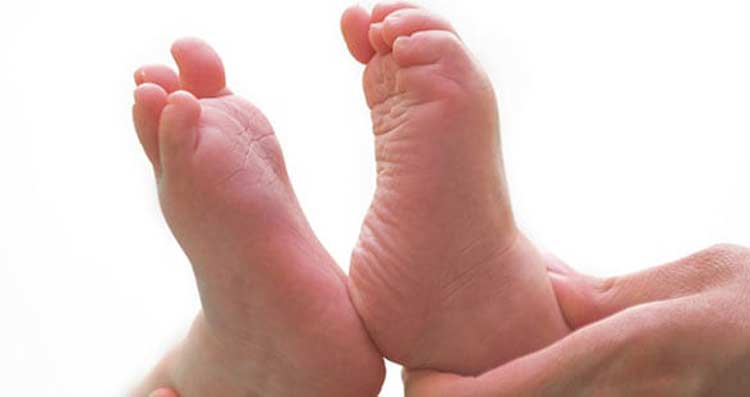
Discover how we can evaluate children’s foot problems.
Children are sometimes born with certain foot deformities. Other times, foot issues will develop shortly after birth or as a result of an injury or other condition.
- Since children’s bones are in the process of growing and developing, the treatment of children’s foot problems isn’t exactly the same as what would typically be done for adults with similar issues.
- Some foot problems in children are dismissed as simply being part of the growth process or treated with over-the-counter remedies when what’s really needed is input from a foot specialist.
Flat Feet
Parents are often told that children will outgrow flat feet, a functional condition that results in too much forward motion of the foot’s arch. Issues with arches can contribute to other structural issues such as hammertoe. Children with flat feet may also be more susceptible to painful foot conditions such as plantar fasciitis, tendonitis, and even bunions. Many younger patients benefit from custom orthotics. Surgery isn’t usually recommended for children with flat feet since bones are still developing.
Clubfoot
The term “clubfoot” refers to several different foot abnormalities that may be present at birth in children in which the foot is twisted or out of its normal position. With clubfoot, tendons are usually shorter than normal. This is a fairly common foot problem seen in newborns who are otherwise healthy. Clubfoot can be mild or severe, but it’s usually not painful. About half of all children with clubfoot have it in both feet. A foot specialist can usually treat clubfoot non-surgically, although surgery may become necessary later in life. Symptoms associated with clubfoot include:
- Foot appears to be upside down
- The affected foot appears shorter than the other one
- Underdeveloped calf muscles
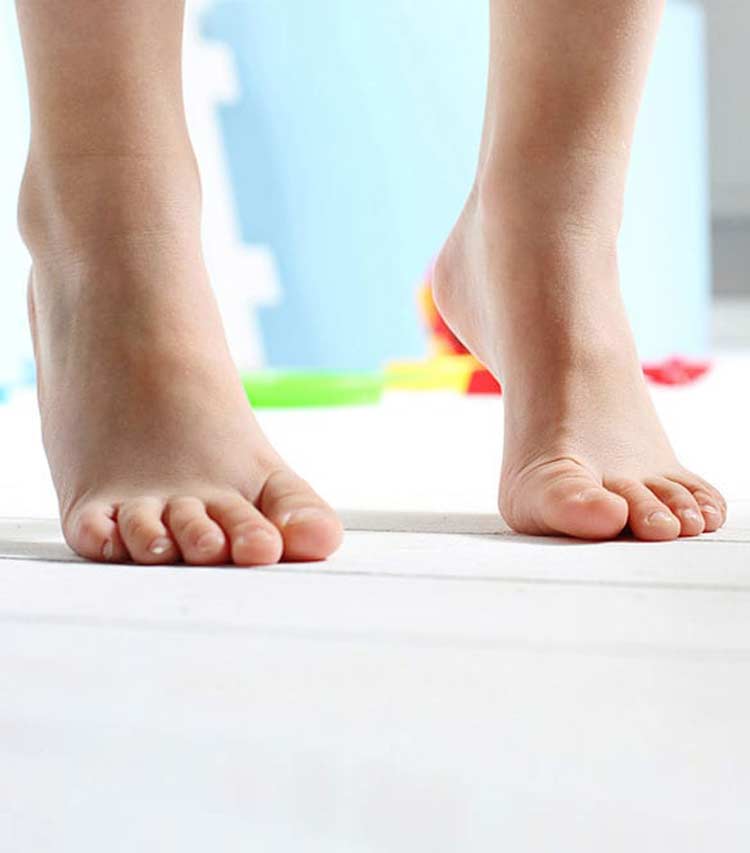
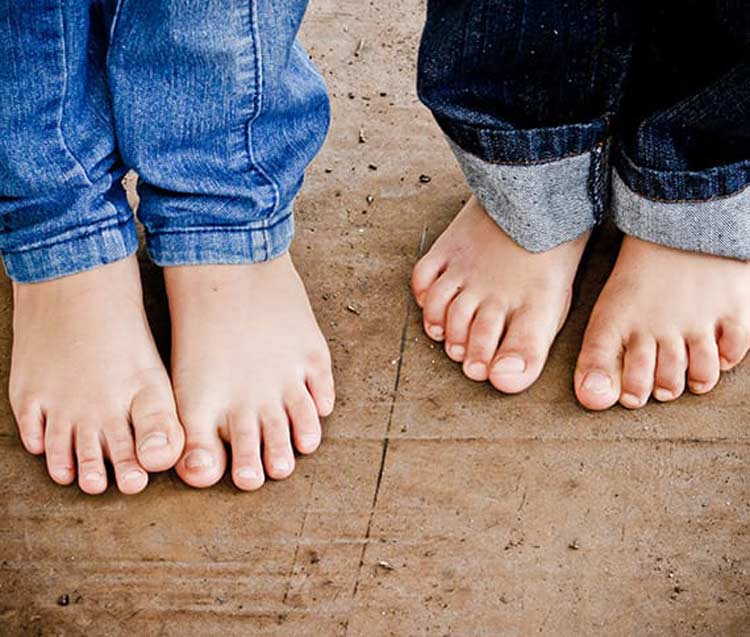
Heel Pain
If you see your child running on their toes or they suddenly don’t want to participate any activities that involve running, it may be a sign they are experiencing heel pain. Inflammatory conditions affecting heels are common in children. Girls usually develop these issues around the age of seven or eight while heel pain is more common in boys from 9 to 12 years of age. The resulting pain usually affects the most prominent tissues in the heel area, the planter fascia and the Achilles tendon. Children with discomfort from heel issues may notice improvement with anti-inflammatory medication, exercises to strengthen supporting heel ligaments, tendons, and muscles, or custom shoe supports.
Ingrown Toenails
Usually appearing around the big toe, ingrown toenails can be painful for children when the nail grows into the adjacent skin. Any child can develop ingrown toenails. However, the condition is more common in teens, possible since this is when growth spurts often occur that sometimes result in wearing tight-fitting shoes. If there’s an infection, a podiatrist can remove part of the ingrown toenail causing the problem with a simple in-office procedure.
Plantar Warts
Sometimes mistaken for calluses or corns, plantar warts are more common in children than adults. More likely to appear in warmer months when children are outdoors or around pool areas, plantar warts can be painless or they may contribute to discomfort when weight is placed on feet or when shoes are worn. A tell-tale sign of warts is the appearance of small black dots within the growth. Warts usually appear on the bottom of feet since the soles are more susceptible to developing the cuts or cracks in skin that provide an entry point for the virus that causes plantar warts. There are many gentle treatments available to help pediatric patients deal with warts.
Ankle Sprains
When kids and teens reach an age where they are more athletic, they are susceptible to ankle sprains. In some instances, an ankle sprain is nothing more than a minor irritation that can be treated with rest and medication to ease inflammation. Serious sprains may result in a fracture in the ankle’s growth plate. It’s best to err on the side of caution and have a foot specialist examine an ankle that may be sprained.
Addressing any of these pediatric foot problems early can increase the odds of seeing a positive response to treatments. Any signs of difficulty walking or any new or unusual growths or abnormalities with feet should also be evaluated by a podiatrist to determine if further attention is needed. It’s equally important for parents to be mindful of growing feet by ensuring that shoes fit correctly and provide enough support. Finally, teaching children how to care for their feet now can encourage healthy habits that may prevent or reduce the risk of foot issues later in life.
